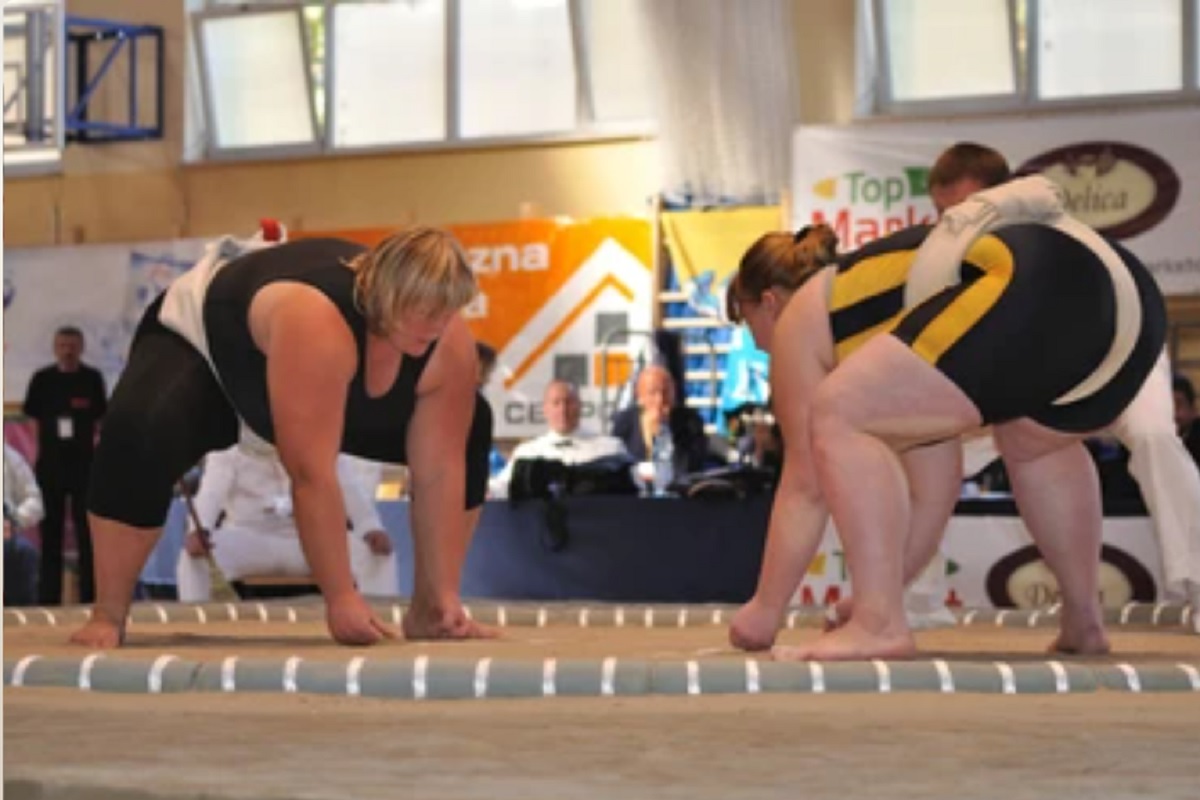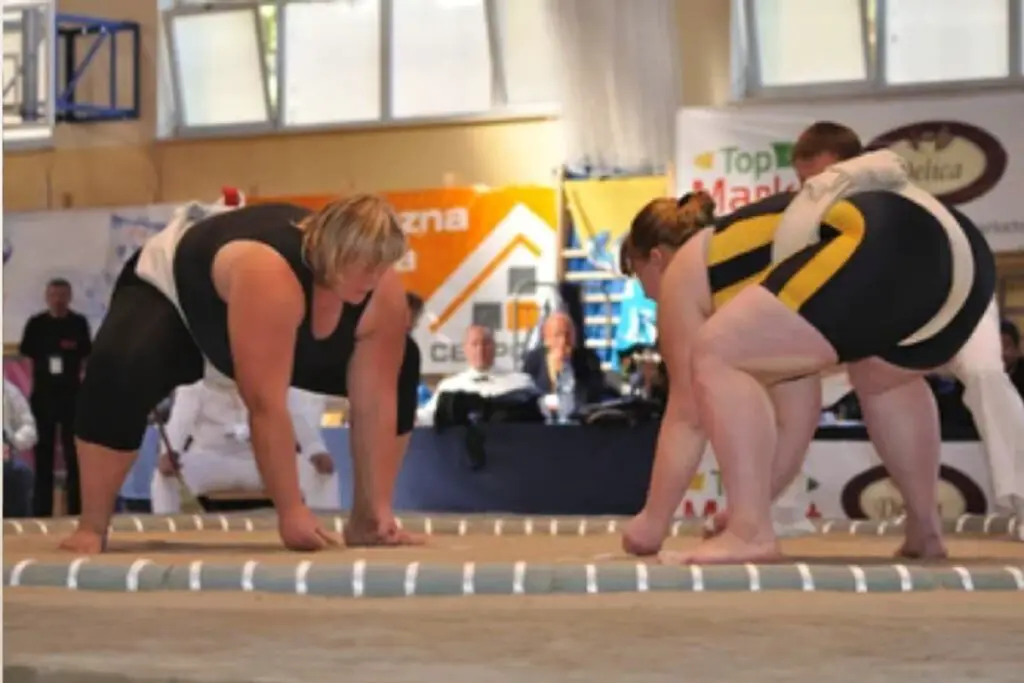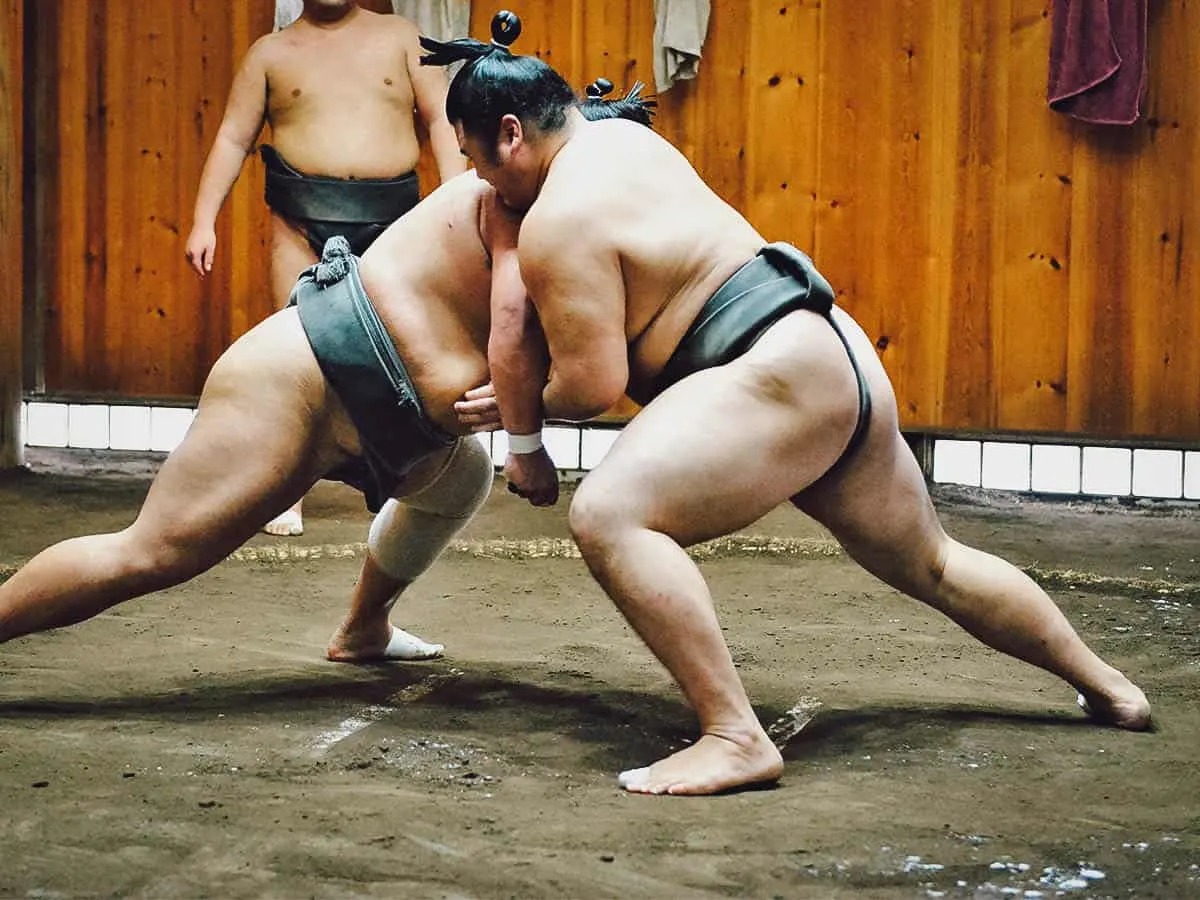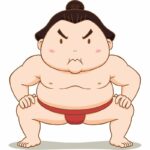Sumo wrestling probably springs to mind as soon as you think of Japan and Japanese culture – and for good reason. It is their national sport and it has a history that dates back over 1500 years.
The sport is heavily intertwined with Japanese culture and has links to both Shinto and Buddhist theology. Sumo wrestlers take their sport incredibly seriously, sacrificing any semblance of a normal life when they are in their sumo careers.

When you conjure up an image of a sumo wrestler, you probably picture a large but muscular, serious-faced man in a loincloth. You probably don’t picture a woman. But, are there the same opportunities for women as there are for men when it comes to Japan’s national sport?
Are there any professional sumo wrestlers? And, what are their lives like, in comparison to their male counterparts? We will answer all of these questions and more in this informative article. Read on to find out more about female sumo wrestlers, both in Japan and across the world (see also ‘Are Sumo Wrestlers Healthy?‘).
What Is A Sumo Wrestler?
Sumo wrestling is a culturally important (bordering on sacred) sport in Japan – it has a rich history, spanning over one and a half millennia, intertwined with Shinto rituals.
Those who are at the top of their game are revered by the public, scores of faithful sujo (female fans), and can make thousands of dollars off of the sport every month (professional sumo wrestlers can be paid anywhere from 1.1 to 3 million yen a month, which is equivalent to $9,500 to $24,500).
In addition to their riches, strict way of life (from around the age of 16, pro sumo wrestlers live in a heya, which is a kind of stable, under the watchful eye of the oyakata (who is the stable master, and typically a retired wrestler), and a strict diet, which is typically 8000 calories a day.
Elite sumo wrestlers also have another common, uniting factor – they are always men.
Are There Any Female Sumo Wrestlers?
Female sumo wrestlers were unheard of, until 1997 when competitions began allowing women to compete at an amateur level. But, like any sport, there is a big distinction between amateur and elite levels.
There are currently no professional sumo competitions for women, and Tomoko Nakagawa, the mayor of Takarazuka, isn’t even allowed to give a speech at the dohyo (the space where sumo wrestling competitions occur because she is a woman).
In fact, even among the amateur sumo wrestlers, being a girl is pretty uncommon – as there are only six sumo clubs for women in the whole of Japan, meaning that one girl participates in sumo wrestling for every three hundred boys.
There is a small, but vocal group of female sumo wrestlers that are trying to change these facts across not only the Japanese sumo scene but also in global competitions.
This group has pointed out the inherent lack of opportunity for women, meaning that they cannot receive the same recognition and payment as male sumo competitors.
What Is Stopping There Being A Professional Class Of Female Sumo Wrestlers?
John Traill is a big name in the sumo world – he is vice president of the International Sumo Federation and president of the Australian Sumo Federation. He has said that the creation of an all-woman professional sumo class is a complex issue, especially in Japan.
This is because there are both practical and financial difficulties when setting up a system in which women compete. Also, at the same time, female sumo wrestling is likely to not draw the same crowds as male sumo wrestling, because it does not carry the same cultural weight.
Because sumo wrestling is so heavily valued in Japanese culture, it can be difficult to change a big component of it, without backlash. Sumo is a culturally revered men’s sport and is really highly regarded, with a lot of traditions around the sport.
Balancing opportunity and important cultural traditions is difficult, and both international and national sumo wrestling federations will likely be forced to decide between their cultural history and upholding equal opportunity, to remain relevant in the modern world.
Controversy Surrounding Women And Sumo Wrestling
Women are excluded from much of sumo wrestling and not allowed to participate in everything from competitions to ceremonies (see also, ‘How to Use Incense Sticks‘). As we have touched on already, women aren’t allowed to enter or even touch the dohyo which is the wrestling ring.
This is because women are believed to be impure due to their menstrual blood. This is a belief that stems back to Shinto and Buddhist beliefs.
Though there have been impassioned debates about the role of women in sumo for the last few decades, there have also been some controversial events that have polarized the public. Read on for a few of these occasions.
When Fusae Ohta was governor of Osaka, from 2000 to 2008, she was required to present the Governor’s Prize to the champion of the annual professional Osaka tournament.
However, rather than presenting it in the dohyo, as is tradition, she had to give the prize beside the ring or send a male representative into the ring as her representative.
Governor Fusae Ohta tried to appeal this JSA policy multiple times through her term, requesting to be allowed to fulfill her traditional role as Osaka’s Governor, but her requests were denied.
More recently, in 2018, two Japanese women rushed to help the mayor of Maizuru when he collapsed whilst presenting a prize in the middle of the dohyo. Whilst these women tried to administer emergency treatment, the referee repeatedly asked them to leave the dohyo ring.
After public outcry, the chairman of the Sumo Association made a public apology for the inappropriate response to an emergency and thanked the women for their efforts on behalf of the Sumo Association.
On one hand, those who are fighting the ‘men only’ policy believe that it is oppressive and discriminatory towards women, as their role in professional sumo is limited to being the supportive wife or mother (Learn the 7 different ways to say Mother in Japanese here).
However, the Japanese Sumo Association believes that the men-only tradition has been firmly maintained throughout the centuries, and to change the policy would be a dishonor to ancestors, and all the sumo wrestlers that have come before.
Final Thoughts
There is no opportunity for professional female sumo wrestlers, and many women who are interested in the sport in Japan don’t have a chance to continue competing (even at an amateur level) beyond school (see also ‘What Time Does School Start in Japan?‘) or university age.
There are groups, and people in power, who are pushing for more gender inclusion and equality within the sport, but are being met by equal amounts of people who want to preserve sumo’s rich cultural history.
This battle will likely be ongoing until Sumo Federations across the globe decide on whether they value equal opportunity or maintain tradition more.









